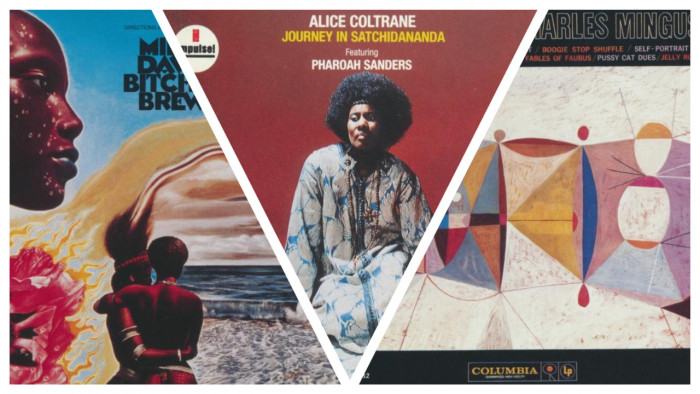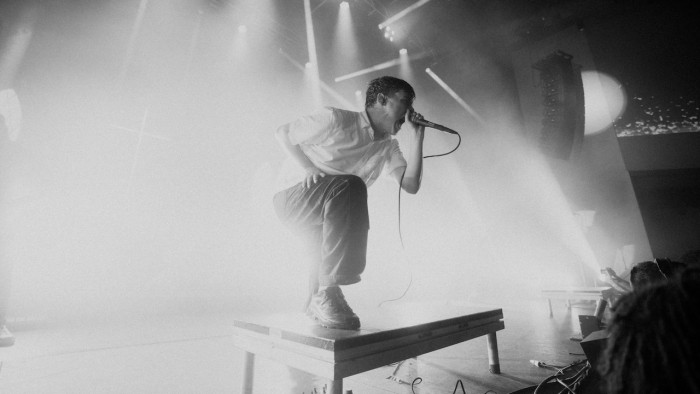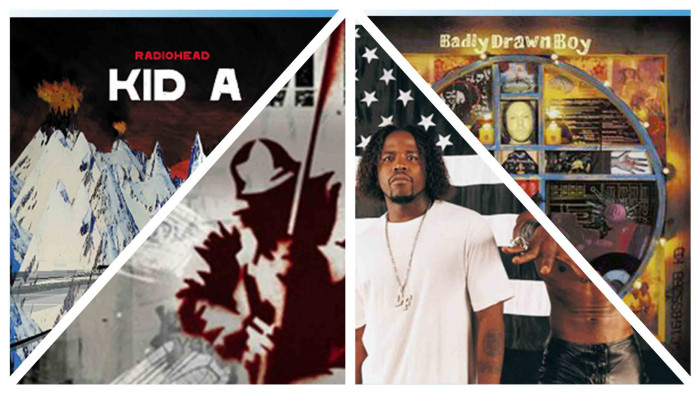Just why do people love 'Total Eclipse of the Heart' so much: a scientific analysis
With sales booming, the Bonnie Tyler classic is bigger than ever


As we edged closer to the solar eclipse which captured the imagination of America this week, there was one artist who could not wait for the blackout to come.
Bonnie Tyler, the legendary Welsh singer, duly cashed in on the sudden relevance of her 1983 classic ‘Total Eclipse of the Heart’ by being booked to perform the track on the cruise ship Royal Caribbean alongside – for some inexplicable reason – the Joe Jonas-featuring pop band DNCE.
We’ll level with you – it’s not the greatest-ever rendition, but we’re sure the crowd loved it, and besides, Bonnie is a national institution, she’s beyond criticism. Plus, she’s too busy counting the mountain of cash she must have been given for the performance to care.
Meanwhile, sales of the track rose 500% in the run-up to the eclipse.
In truth, though, it seems that people need very little encouragement to whip out the hairbrush and belt their lungs out to ‘Total Eclipse’. Eclipse or no eclipse, it’s a song that absolutely, resolutely, refuses to die.
It came out an astonishing 34 years ago, and we’d bet people will still be playing it in another 34 years ago. But why? What is it about this song that is so loved?
The track represents one of the peak points of the set at my club night Ultimate Power; it is a song that you can play at literally any point of the night, and it is guaranteed to take the roof off. In ten years, it has never failed.
And why has it never failed? Here, let me use science to show you.
Let us consider figure 1.

Figure 1
This figure represents the song on axes of time against power. As you can see, there are 13 distinct flex points in the song – that is, where the power is taken up, or taken down quite suddenly.
These are:
1. Bonnie vocal in
2. Bass in, first 'turn around bright eyes'
3. Verse 2, kick drum in
4. Bridge 'turn around bright eyes'
5. Chorus 1
6. 'Together we can take it to the end of the line'
7. 'I really need you tonight'
8. 'Once upon a time I was falling in love'
9. Boom boom boom
10. Explosions
11. EVERY NOW AND THEN I FALL APART
12. I REALLY NEED YOU TONIGHT
13. Once upon a time I was falling in love
These are clearly obvious to anyone with a working pair of ears.
Now we have established this scientific fact, you can see that the range of power is quite extreme. The maximum power of a standard ‘powerful’ track is shown as line (a (max)) on the graph. You can quite clearly see on Figure 2 that Tyler exceeds this comfortably.

Figure 2
Clearly, the power range, let us say, P (range) = P (max) – P (min) exceeds that exhibited on almost the entirety of recorded music. In a piece of music, the power, or dynamic, range, is one of its most crucial factors. In order to know what ‘loud’ is, one must also know what ‘quiet’ is.
Bonnie knows what ‘quiet’ and ‘loud’ is. She can hold it back and she can belt it out.
And, for the record, let us state that P (max) is, itself, also higher than that value on almost the entirety of recorded music. Have you ever heard anyone sound more powerful in a song than when Bonnie screams out like her entire life depends on it ‘I REALLY NEED YOU TONIGHT’ at 4:17? No, you have not.
But if someone can sustain ‘loud’ for only a fraction of the song, with most of it ‘quiet’, then, clearly, this is not someone who has really poured their heart and soul into it. No, one must sustain the power for long enough to provide enough energy to transfer to the listening masses.
Thus, at this point, one must invoke the workings of Newton and integrate underneath the curve: E (Total (Eclipse of the Heart)) = ∫ P dT, shown in figure 3.

Figure 3
The light blue area underneath the curve is the total energy expended from Tyler and her band, transferred to the listening public. Clearly, it looks like a lot, but, as the wise scientific observers that you are, you will know that that could just be because we have zoomed in on the axes a lot.
Let figure 4 put your mind at ease.

Figure 4
Clearly, ‘Total Eclipse of the Heart’ is one of the most energy-intensive events that humanity will ever witness. They must have recorded it in an underground bunker.
But wait.
Is the song too dangerous? With all that power and energy floating around, what if it fell into the wrong hands? What if you could replicate it, multiplying its potency, and then use it for evil?
Oh no. We’ve just remembered that this exists.

Clearly, it is possible to formalise, mechanise and, potentially, weaponise ‘Total Eclipse of the Heart’.
Is this our Einstein moment? Having discovered the awesome power of something, to realise that it could be used for bad? We knew it, we should never have split the atom of ‘Total Eclipse of the Heart’. We should never have made it fall apart.
But wait.
Turn around bright eyes.
Because if there’s one thing I know about ‘Total Eclipse of the Heart’, it’s that the energy and the power of this song, is not measured in joules, or watts, but love, and pain.
The pain of despair – an eclipse of the heart, what could be worse? – but don’t worry people, because Bonnie sings it with passion, with love: forever is gonna start tonight.
Like squaring a number, listening to ‘Total Eclipse of the Heart’ can only be a positive. It can never be negative. If you are feeling up, it will lift you higher. If you are feeling down, it will swoop you up from the depths, lift you in its arms, and take you to heights that you never thought possible.
Embrace it. Respect it. And love it, like it loves you.








